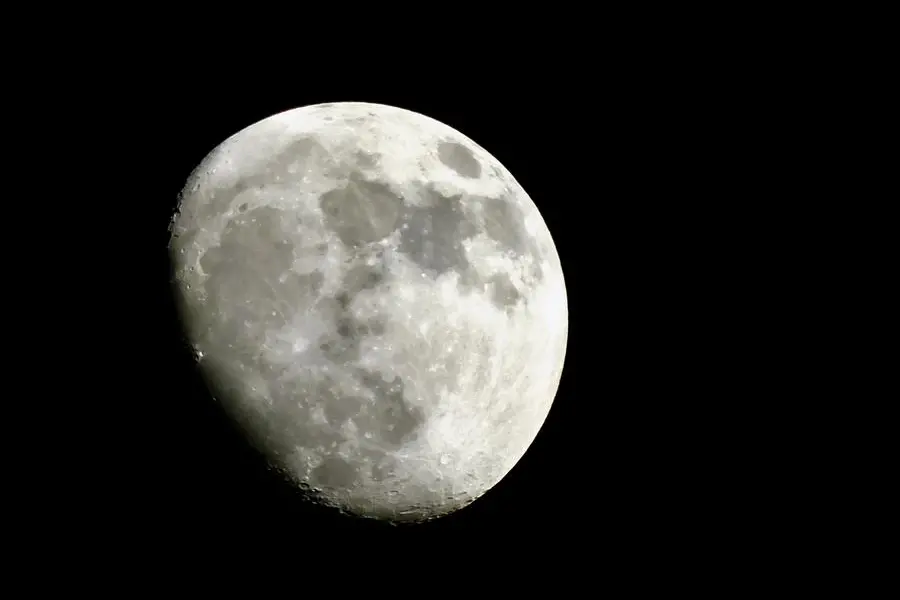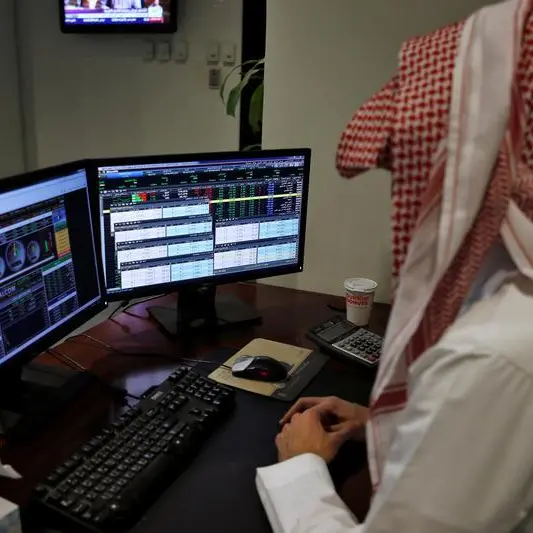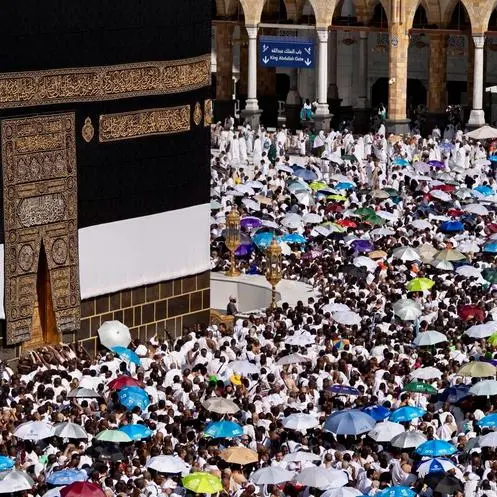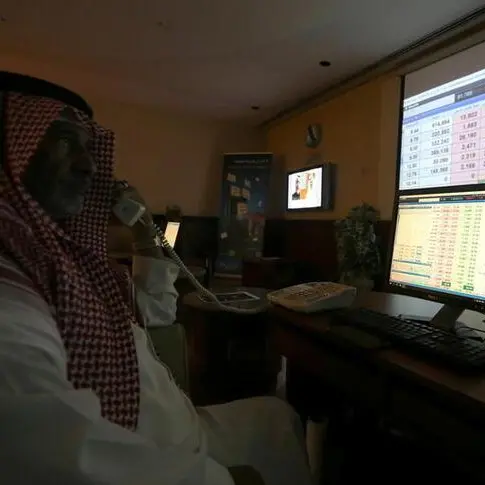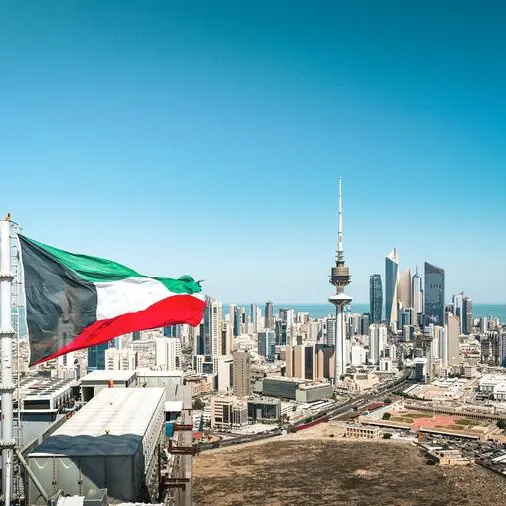PHOTO
Image used for illustrative purpose Getty Images
STARGAZERS in Bahrain will have their eyes glued to the sky tomorrow morning to witness a rare celestial coincidence – a partial lunar eclipse occurring simultaneously with a supermoon. The spectacle will only be visible in the kingdom for a short period of time, between 5.12am and 5.25am.
The eclipse coincides with the full moon of Rabi Al Awal (first month of spring in the Islamic calendar), with citizens and residents gearing up to perform Salat Al Kusuf (eclipse prayers) during the event.
Astronomer Mohammed Al Asfoor said the supermoon will signal the end of summer and the beginning of the autumn season.
“It happens with the moon reaching the perigee point, which is the point at which it is closest in its orbit to the Earth,” said Mr Al Asfoor.
“During the event, the supermoon will be about 357,000km from the Earth in its elliptical orbit, and will appear to observers to be about 14 per cent larger and 30 per cent brighter than when it is at its apogee, when it is farthest from the earth.
“This full moon is called the ‘harvest moon’ and is the closest full moon to the autumnal equinox, which will be on September 22, marking the end of summer and the official beginning of autumn.”
In the 1930s, supermoon was named the harvest moon because for several evenings, the moon rose shortly after sunset, resulting in bright light soon after dusk. It became a customary aid for farmers during crop gathering.
The harvest moon can take place in September or October depending on its proximity to the autumnal equinox.
An eclipse occurs when the Earth’s shadow blocks sunlight reflected from the moon, and when the sun, Earth and moon are in a straight line.
The term ‘supermoon’ was coined by astrologer Richard Nolle and is typically used to describe a full moon that comes within at least 90 per cent of perigee. They only happen around three to four times annually and are the biggest and brightest moons of the year.
Mr Al Asfoor explained that the disc of the moon will begin entering the Earth’s penumbra (the outer pale shadow) on Wednesday morning and will be visible in Bahrain at exactly 3.41am, when the moon’s light begins to dim.
People in the kingdom will unfortunately not be able to witness the eclipse in its entirety, due to the moon setting at 5.27am, meaning the remainder of the phenomena will not be visible in Bahrain.
The partial eclipse is expected to begin in its entirety at around 5.12am, signalling the beginning of the prayer period for Muslims, lasting for just 15 minutes until 5.27am.
The lunar eclipse can be viewed through a binocular or a telescope.
“The eclipse should be visible in the kingdom, but only until the moon sets,” said Mr Al Asfoor.
“It will also be seen with varying degrees in West Asia, Europe, Africa, most parts of North America, South America and most parts of Antarctica.
“It will not be visible in eastern Russia, East Asia, Australia and New Zealand, some parts of Antarctica and some parts of North America due to them being outside the scope of the eclipse.”
nader@gdnmedia.bh
Copyright 2022 Al Hilal Publishing and Marketing Group Provided by SyndiGate Media Inc. (Syndigate.info).